Advent calendar - December 22nd - Evgenii Barts
In the Zernike Institute Advent Calendar, we are presenting 24 short spotlights in December. In these specials, we highlight PhD students, postdocs, support staff and technicians of our research groups and team - providing a glimpse in their typical day at work. In Episode 22 meet Evgenii Barts, former PhD student of Prof. Maxim Mostovoy and now postdoc in the group of Dr. Jagoda Slawinska.
My Condensed Matter Theory journey in Groningen
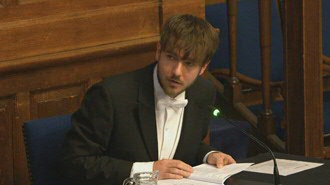
I recently completed my PhD under the guidance of Prof. Maxim Mostovoy in the Theory of Condensed Matter group. My time here in Groningen has been an enlightening journey, both personally and scientifically. We were curious about magnetic materials. While the magnetism of a large piece is intuitive, things become complicated at the nanometer scale. Here, the magnetic moments of individual Fe ions can form intricate magnetization patterns that behave like particles, known as Skyrmions. Skyrmions are fascinating for their remarkable stability due to their topological properties, and they can be nucleated and effectively manipulated, which are essential ingredients for their use as information carriers in the novel designs of electronic devices. Our work aimed to illuminate the potential of these unique magnetic states and Skyrmion stabilization mechanisms in real materials.
Currently, I hold a postdoctoral position in the Computational Materials Science group led by Dr. Jagoda Slawinska. Funded by NWO’s NWA initiative, our project focuses on spintronics — a promising approach in electronics that utilizes electron spin in addition to charge. Although spin-polarized electron states are stable in free electron gas theory, real materials present challenges due to spin-orbit interaction causing spin decoherence. One can address this issue by accurately adjusting spin-orbit coupling parameters through material design. The Persistent Spin Helix, a phenomenon predicted and observed in semiconductor quantum wells, allows for preserving spin states against decoherence. Our goal is to understand how to identify this mechanism in real material, its physical essence, and its impact on robust spin transport.
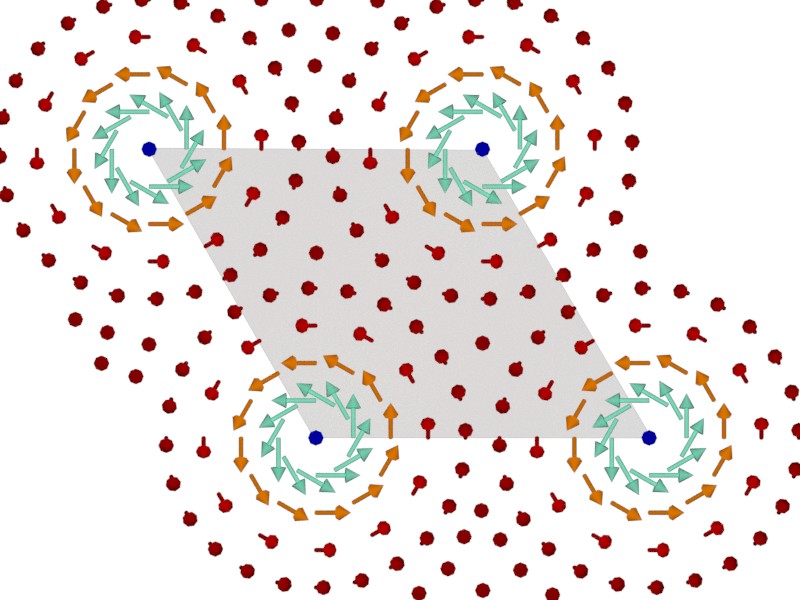
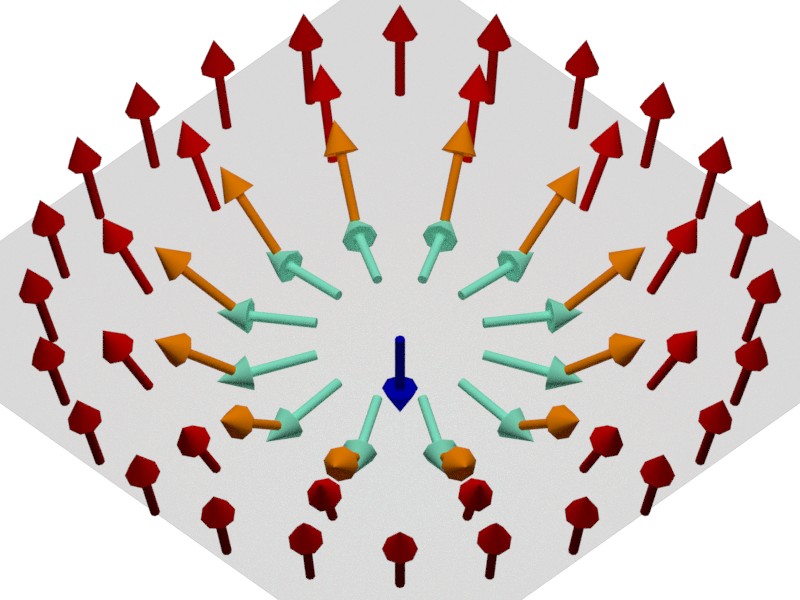
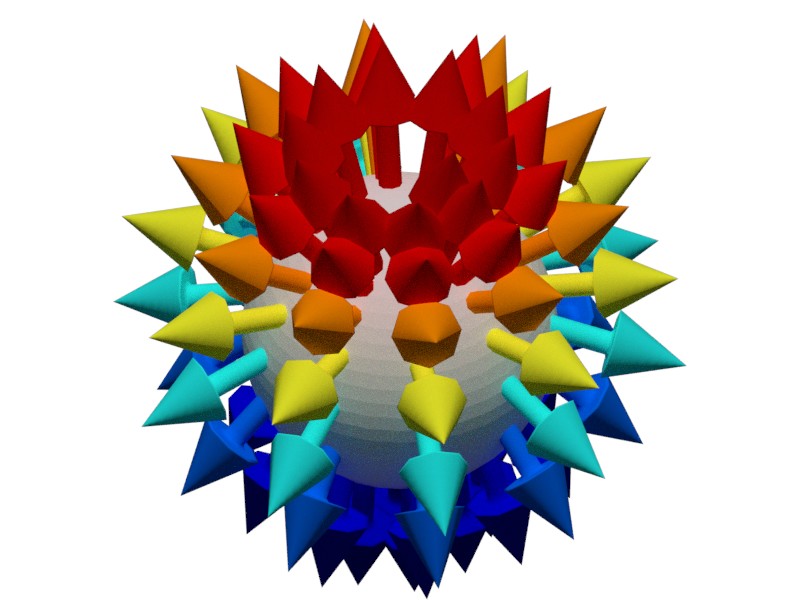
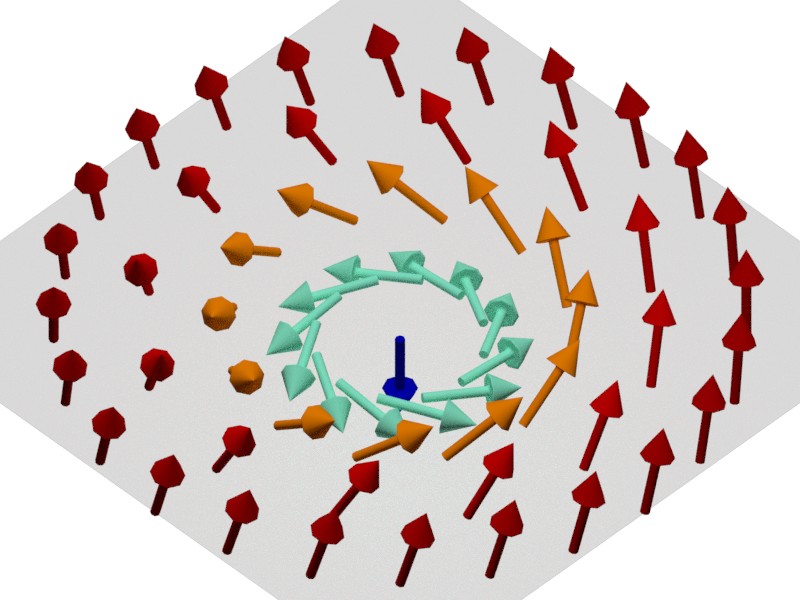
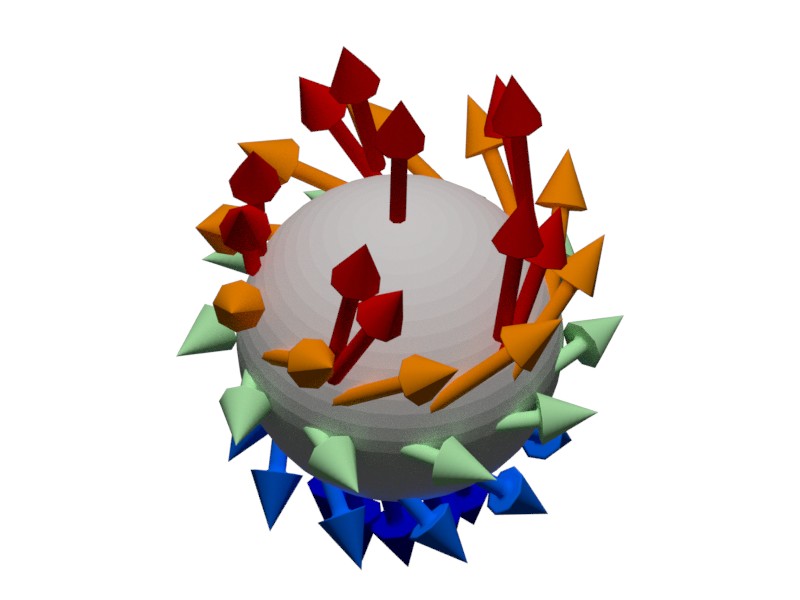
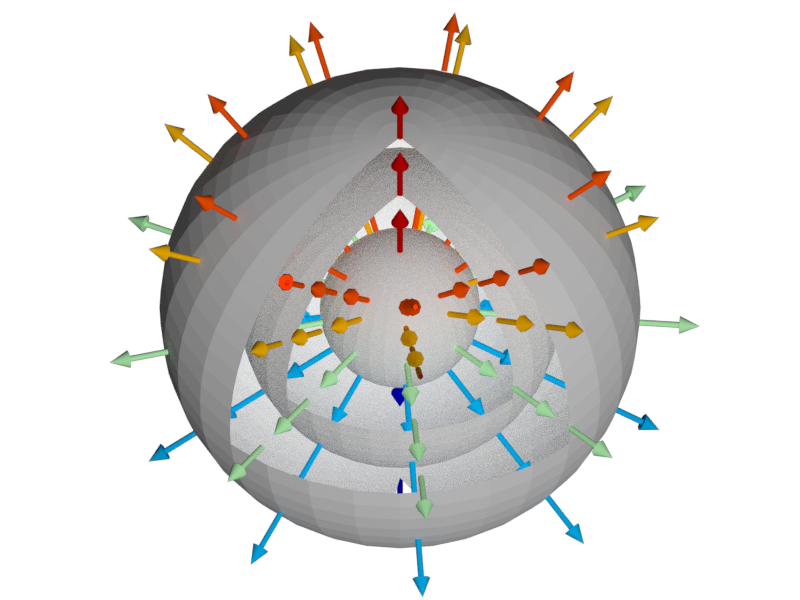
The collaborative atmosphere in our two theoretical groups, along with Thomas Jansen’s group, is truly unique. It’s a blend of friendship and cooperation where curiosity about the quantum world thrives. If you resonate with these values and are interested in discussing science, collaborating on interesting projects, or simply engaging in light-hearted coffee break chats about all kinds of nonsense, please feel free to visit us on our floor or reach out for more. We are always open to new ideas and discussions.
| Last modified: | 14 December 2023 3.15 p.m. |
More news
-
29 April 2024
Tactile sensors
Every two weeks, UG Makers puts the spotlight on a researcher who has created something tangible, ranging from homemade measuring equipment for academic research to small or larger products that can change our daily lives. That is how UG...
-
16 April 2024
UG signs Barcelona Declaration on Open Research Information
In a significant stride toward advancing responsible research assessment and open science, the University of Groningen has officially signed the Barcelona Declaration on Open Research Information.
-
02 April 2024
Flying on wood dust
Every two weeks, UG Makers puts the spotlight on a researcher who has created something tangible, ranging from homemade measuring equipment for academic research to small or larger products that can change our daily lives. That is how UG...
